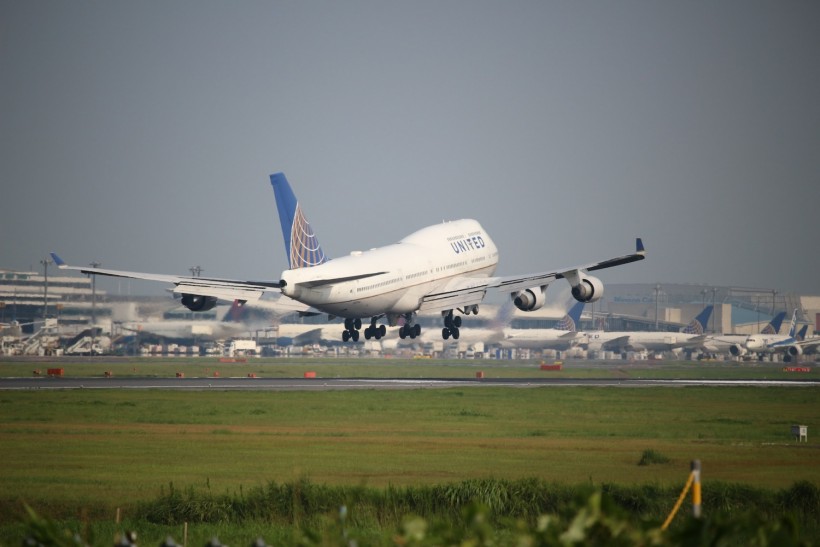What is The Current State of Green Aviation?

In the globalized world of today, aviation plays a significant role in connecting people and facilitating trade and tourism. Although the benefits and importance of aviation cannot be undermined, it contributes significantly to environmental pollution in various forms, such as greenhouse gas emissions, air pollution, and noise pollution.
The Environmental Impact of Aviation
The environmental impact of aviation is significant, as it is directly responsible for emissions of various greenhouse gases, including carbon dioxide, sulfur dioxide, nitrous oxide, and methane. These gases are notorious for their contribution to global warming and climate change.
In addition, aircraft engines also emit particulate matter, which further contributes to air pollution and degrades the quality of the air. Furthermore, noise pollution from aircraft is also a problem for communities living near airports, as it significantly affects their well-being.
Progress in Green Aviation Technologies
To address these aforesaid concerns, the aviation industry has been making major strides to develop and adopt greener, eco-friendly technologies and practices that will decrease the environmental impact of aviation.
Sustainable Aviation Fuels:
One such technology that has gained attention in recent years is sustainable aviation fuels. It is a promising technology that can reduce greenhouse gas emissions without any major changes to aircraft infrastructure. Sustainable aviation fuels are derived from renewable sources, such as biomass and algae.
These fuels can be blended with traditional jet fuel, and the hybrid of these can be used in existing aircraft. The combination of sustainable aviation fuel and traditional jet fuel would reduce greenhouse gas emissions by aircrafts. However, challenges such as scalability and cost-effectiveness stand in the way of this technology. Airlines from around the world, including United Airlines, Emirates, and Qatar Airways, are currently testing flights powered by sustainable aviation fuels.
Electric Aircraft Technology
Along with sustainable aviation fuel, electric and hybrid-electric aircraft technology are also gaining attention in the aviation industry. Since these aircraft rely on electric propulsion systems, they have the potential to significantly reduce noise pollution and the emission of harmful gases and particulate matter.
Evolutions and advancements in battery technology and electric motor efficiency have made electric aircraft a considerable option for short-haul flights. However, major improvements will have to be made to electric batteries and charging infrastructure for long-haul flights.
Airlines such as Alaska Airlines have even started working on zero-emission aircraft fitted with hydrogen-electric propulsion systems, which will change the future of the aviation industry.
Improved Aircraft Design
Improved aircraft design and sustainable materials are also under consideration, as these would significantly reduce the environmental impact. To reduce the weight of aircraft, composites and advanced alloys are being developed. These materials are lightweight and would reduce the weight, resulting in lower fuel consumption. In addition, aerodynamic improvements to aircraft design, such as winglets and blended wing bodies, are also in consideration, as these would enhance fuel efficiency and reduce emissions.
Organizational and Government Initiatives
Government and international organizations are also playing their part in addressing the environmental impact of the aviation industry. The International Civil Aviation Organization (ICAO) has implemented measures to mitigate emissions. The European Union Aviation Safety Agency (EASA) has set sustainable goals for reducing emissions and promoting the use of sustainable aviation fuels. Similarly, The Federal Aviation Administration (FAA) in the United States has launched various initiatives to support the research and development of sustainable aviation technologies.
Despite this progress, we are not close to achieving sustainable aviation. There are many challenges and roadblocks that need to be addressed to attain green aviation. Cost considerations and economic viability are significant concerns for the aviation industry. Infrastructure limitations are another major obstacle to achieving green agriculture. Lastly, regulatory and certification problems also exist, as meeting stringent safety standards and receiving necessary certifications for newer technologies is a time-consuming process.
Subscribe to Latin Post!
Sign up for our free newsletter for the Latest coverage!
* This is a contributed article and this content does not necessarily represent the views of latinpost.com










